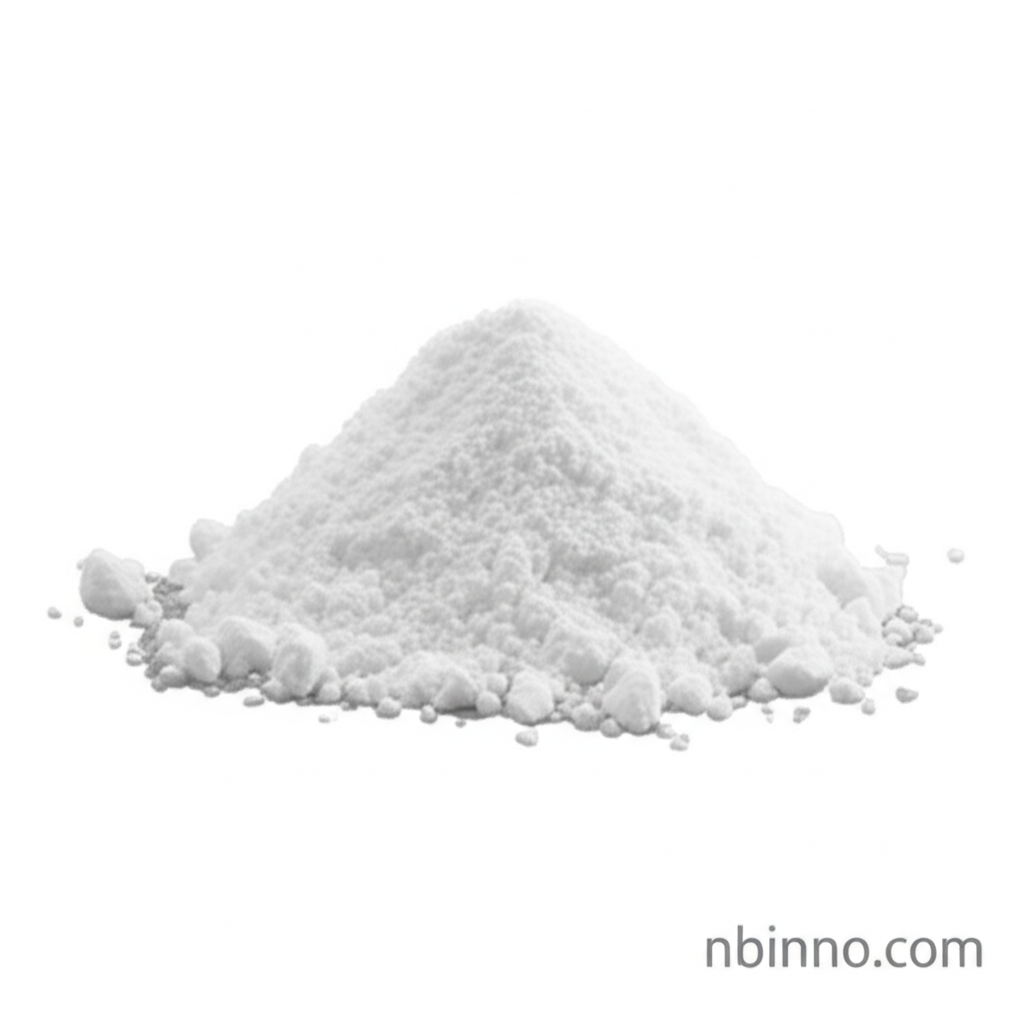Methyl 3-(4-methoxyphenyl)-3-oxopropionate: Your Key to Advanced OLEDs and Fine Chemical Synthesis
Discover the indispensable role of this versatile chemical intermediate in driving innovation in electronics and pharmaceuticals.
Get a Quote & SampleProduct Core Value

Methyl 3-(4-methoxyphenyl)-3-oxopropionate
Methyl 3-(4-methoxyphenyl)-3-oxopropionate (CAS 22027-50-5) stands out as a crucial intermediate in the synthesis of advanced materials for Organic Light Emitting Diodes (OLEDs) and complex organic molecules within the pharmaceutical industry. Its unique chemical structure, featuring both an oxirane ring and a methoxyphenyl moiety, imparts significant reactivity and utility for various chemical transformations, making it a sought-after building block for researchers and manufacturers alike.
- Explore the precise chemical properties and applications of Methyl 3-(4-methoxyphenyl)-3-oxopropionate in sophisticated OLED material synthesis.
- Leverage this compound as a vital building block for intricate pharmaceutical intermediate development, accelerating drug discovery processes.
- Understand the comprehensive spectroscopic data, including NMR and IR, for reliable identification and quality control in your chemical synthesis workflows.
- Benefit from detailed information on its CAS number (22027-50-5), purity, and appearance, ensuring seamless integration into your production lines.
Product Advantages
Versatile Synthesis Intermediate
As a key chemical synthesis building block, this compound facilitates the creation of a wide array of complex organic molecules, proving invaluable in both academic research and industrial production.
OLED Material Advancement
Its specific role in OLED material synthesis underscores its importance in the development of next-generation display and lighting technologies, offering unique electronic and optical properties.
Pharmaceutical Development Support
The utility of this intermediate in creating pharmaceutical intermediates streamlines drug development, providing a reliable component for synthesizing active pharmaceutical ingredients.
Key Applications
OLED Technology
Crucial for synthesizing novel emitters, host materials, and transport layers, enhancing the performance and efficiency of OLED displays and lighting solutions. This compound is vital for cutting-edge OLED chemicals.
Pharmaceutical Synthesis
Serves as a key starting material or intermediate in the multi-step synthesis of various drug candidates and active pharmaceutical ingredients, leveraging its reactive functional groups for efficient molecular construction.
Fine Chemical Manufacturing
Its versatility makes it an indispensable component in the production of a broad spectrum of fine chemicals, catering to diverse industrial and research needs for custom organic synthesis.
Research and Development
A valuable tool for academic and industrial researchers exploring new synthetic pathways, material properties, and potential biological activities, supporting advancements in chemical innovation.
